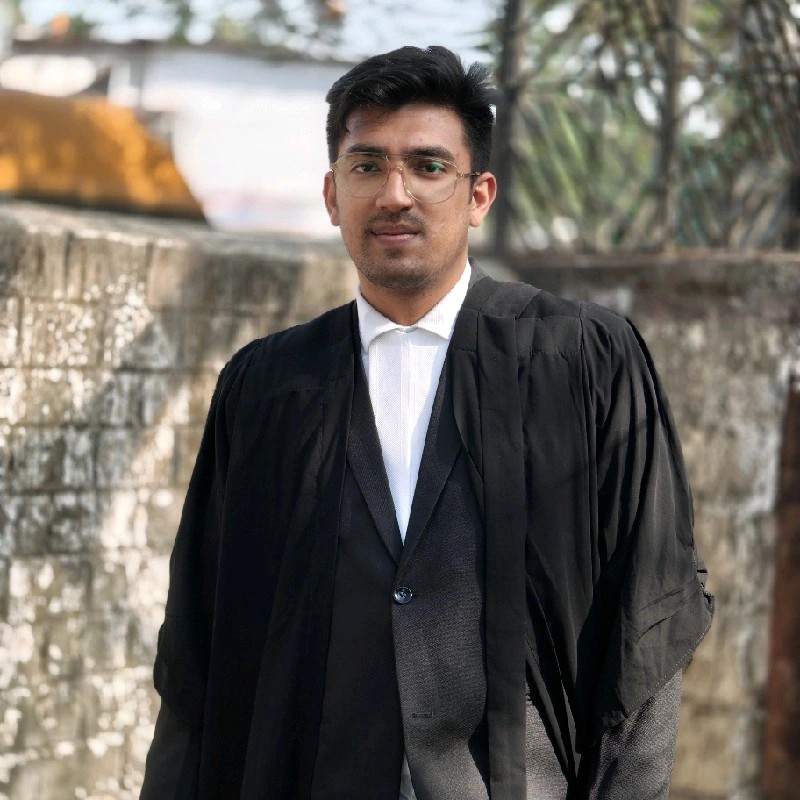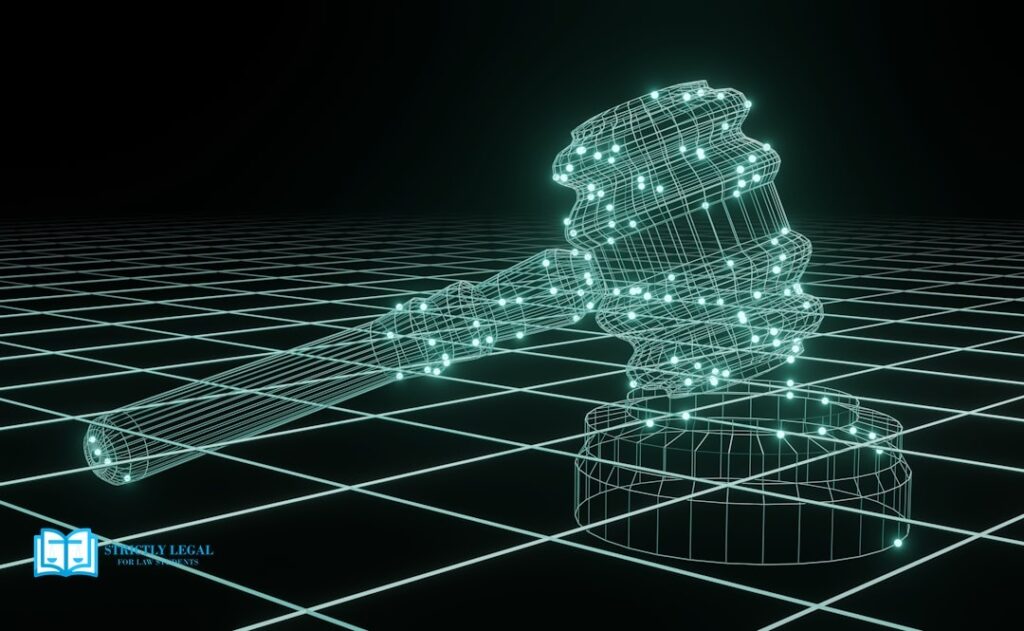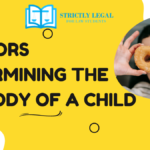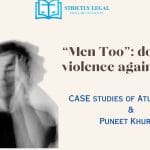Table of Contents
Child Protection Strengthened: POCSO Court Sets New Standards for Victim Testimony
Introduction
In a groundbreaking development for child rights protection in India, the Special POCSO Court in Silchar has delivered a comprehensive judgment that fundamentally transforms how the judicial system approaches cases involving child victims. The verdict, pronounced on April 23, 2024, addresses one of the most challenging aspects of child abuse cases: the evaluation of testimony given by child victims. This landmark decision not only brings clarity to the procedural aspects of POCSO cases but also establishes a more child-sensitive approach to judicial proceedings.
The significance of this judgment extends far beyond the immediate case, as it provides a detailed framework for courts across India to handle similar cases. By emphasizing the primacy of child welfare while ensuring procedural fairness, the court has struck a delicate balance between protecting vulnerable victims and maintaining the integrity of the judicial process.
Background of the Case
The case emerged from deeply troubling circumstances when authorities received information about alleged sexual offenses against a minor. What followed was a meticulous investigation that would later serve as a model for handling such sensitive cases. The matter was registered under Sections 3 and 5 of the POCSO Act, dealing with penetrative sexual assault and its aggravated form, respectively.
The investigation phase demonstrated exceptional sensitivity to the victim’s trauma. Investigators carefully gathered evidence while ensuring the child’s psychological well-being remained a priority. Medical examinations were conducted promptly, and statements were recorded in a child-friendly environment. The prosecution built a strong case that primarily relied on the victim’s testimony, supported by medical evidence and corroborative statements from witnesses who had observed behavioral changes in the child.
Throughout the pre-trial phase, special attention was paid to protecting the victim’s identity and ensuring minimal exposure to potentially traumatic procedures. This approach would later be commended by the court as an exemplar of how POCSO investigations should be conducted.
Legal Issues Involved
The court’s analysis delved deep into several complex legal questions that have long challenged the judicial system in child abuse cases. At the heart of the matter was the fundamental question of how courts should evaluate testimony from child victims. This issue has historically been contentious, with different high courts taking varying approaches to the requirement of corroboration.
The judgment methodically addressed several interconnected legal issues:
First, the court examined the evidentiary value of a child victim’s testimony in POCSO cases. This required balancing two crucial aspects: the need to ensure justice for vulnerable victims and the fundamental right of the accused to a fair trial. The court conducted an extensive review of Supreme Court precedents on child testimony, analyzing how the apex court’s jurisprudence has evolved over the years.
Second, the judgment provided a detailed interpretation of “penetrative sexual assault” under Section 3 of the POCSO Act. The court emphasized that the provision must be interpreted in light of its protective purpose while ensuring that innocent persons are not wrongly convicted. This interpretation included a comprehensive analysis of what constitutes penetrative sexual assault and how courts should approach evidence in such cases.
Third, the court addressed the standard of proof required in cases involving child victims. While maintaining that the prosecution must prove its case beyond reasonable doubt, the judgment clarified that this standard should be applied with an understanding of the unique challenges in cases involving child victims.
Highlights from the Judgment
“The testimony of a child victim, when found trustworthy and reliable, needs no corroboration. The court must ensure that while the rights of the accused are protected, the dignity and voice of the child victim are not compromised. The traditional approach of viewing child testimony with inherent suspicion must give way to a more nuanced understanding of child psychology and the trauma of abuse.”
The court’s reasoning was both comprehensive and revolutionary in its approach to child testimony. Moving away from the traditional requirement of corroboration, the judgment established that a child’s testimony, if found reliable and trustworthy, can stand on its own merit. This marks a significant shift from the historical skepticism towards child witnesses.
The judgment laid out several key principles for evaluating child testimony. The court emphasized that consistency in core details is more important than peripheral details, acknowledging that children may not remember or articulate all aspects of traumatic events with adult-like precision. The judgment also stressed that fear, shame, or confusion might cause delays in reporting, which should not automatically discredit the testimony.
Particularly noteworthy was the court’s discussion of how trauma affects memory and testimony. Drawing from child psychology research, the judgment explained why children might remember certain details vividly while being vague about others. This understanding was integrated into guidelines for evaluating testimony, making it a truly child-centric approach to evidence appreciation.
Layman’s Explanation of Legal Terms
Understanding this judgment requires familiarity with several legal concepts that the court has explained in detail. Let’s break these down in simple terms:
The concept of “penetrative sexual assault” under the POCSO Act might sound technical, but it’s essentially about protecting children from serious forms of sexual abuse. Think of it as a legal shield that recognizes various forms of violation that children might face. The law is specific about what constitutes this offense because it carries severe penalties and requires clear boundaries for enforcement.
When the judgment talks about “corroboration,” it’s referring to supporting evidence that backs up the main evidence. Imagine you’re trying to prove it rained last night – while your word might be enough, having photos of wet streets or other witnesses would be corroboration. However, this judgment importantly states that in POCSO cases, a child’s reliable testimony might not need such additional proof.
The term “procedural safeguards” refers to the protective measures built into the legal process. These are like the safety features in a car – seat belts, airbags, and crash sensors all work together to protect passengers. Similarly, these legal safeguards ensure that both the child’s rights and the accused’s right to a fair trial are protected throughout the court proceedings.
Real-Life Example
To understand the practical impact of this judgment, consider how it affects a typical school environment. Let’s look at how a school administrator named Sarah implements these guidelines in her institution:
Sarah runs a middle school with 500 students. After studying this judgment, she realizes that protecting children requires a comprehensive approach that goes beyond basic safety measures. She implements a multi-layered protection system that includes physical safety measures, psychological support, and clear reporting procedures.
In the physical space, Sarah installs CCTV cameras in common areas, but importantly, she ensures they’re placed appropriately to respect privacy while maintaining security. She creates “safe zones” – designated areas where students can always find a trusted adult. The school’s layout is modified to eliminate isolated or poorly supervised spaces.
But the most significant changes come in the form of new procedures and training programs. Sarah develops a detailed child protection policy that includes:
Regular training sessions for all staff members, teaching them to recognize signs of abuse and understand their legal obligations to report any concerns. The training emphasizes that their role isn’t to investigate but to report and protect. Staff members learn about the POCSO Act’s mandatory reporting requirements and the proper channels for raising concerns.
She establishes a child protection committee that includes teachers, counselors, and parent representatives. This committee meets monthly to review safety measures and address any concerns. They maintain detailed records of all incidents and responses, creating a transparent system that builds trust within the school community.
Frequently Asked Questions
1. How does the POCSO Act protect child victims during trial?
The POCSO Act has established a comprehensive framework to protect child victims throughout the trial process. At its core, the Act recognizes that traditional court procedures can be intimidating and potentially traumatic for children. To address this, it mandates several protective measures that transform how trials are conducted.
In-camera trials ensure privacy by conducting proceedings in a closed room rather than an open court. The child never has to face the accused directly; instead, questions are asked through the judge or using video conferencing. Special child-friendly courtrooms are designed to feel less intimidating, often equipped with screens or one-way mirrors to shield the child from direct confrontation.
Support persons, usually trained counselors or trusted family members, can accompany the child throughout the proceedings. These individuals provide emotional support and help the child understand the process in age-appropriate terms. The Act also ensures that a child’s identity remains confidential throughout and after the proceedings, protecting them from social stigma and media exposure.
2. What are the mandatory reporting requirements under the POCSO Act?
The POCSO Act places a significant responsibility on every citizen through its mandatory reporting provisions. This requirement stems from the recognition that child abuse often goes unreported due to social pressure or fear. The Act makes it legally binding for anyone who has knowledge or reasonable suspicion of sexual abuse against a child to report it to the authorities.
This obligation extends to all individuals and institutions, including family members, teachers, healthcare workers, and social service organizations. The law provides protection against civil or criminal liability for those who report in good faith, encouraging people to come forward without fear of legal repercussions.
Failure to report is itself an offense under the Act, carrying penalties including fines and imprisonment. This provision aims to create a society where child protection becomes everyone’s responsibility, not just that of law enforcement agencies.
3. How has this judgment changed the way courts evaluate child testimony?
This judgment marks a paradigm shift in how courts approach child testimony in POCSO cases. Traditionally, courts often viewed child testimony with inherent skepticism, requiring substantial corroboration. The current judgment challenges this approach by establishing that a child’s testimony, if found reliable and trustworthy, can stand on its own merit.
The court has provided detailed guidelines for evaluating such testimony, emphasizing that children’s accounts should be assessed differently from adult testimony. Factors like delayed reporting, inconsistencies in peripheral details, or inability to provide exact dates should not automatically discredit their testimony. Instead, courts must focus on the consistency of core allegations and consider the child’s age, maturity, and potential trauma when evaluating their statements.
This approach recognizes the unique challenges children face in articulating traumatic experiences while ensuring that their voices are heard and respected in the judicial process.
4. What role do medical professionals play in POCSO cases?
Medical professionals serve as crucial stakeholders in POCSO cases, with responsibilities extending far beyond physical examination. Their role begins at the first point of contact, where they must balance the need for evidence collection with the child’s immediate physical and emotional well-being.
The judgment emphasizes that medical professionals must follow specific protocols designed for child victims. This includes using age-appropriate communication, ensuring a comfortable environment, and having a same-gender doctor when possible. Documentation must be meticulous yet sensitive, as medical reports often become key evidence in trials.
Beyond examination and documentation, medical professionals also play vital roles in providing immediate psychological support, coordinating with child protection units, and testifying as expert witnesses when required. Their testimony can help courts understand the physical and psychological impact of abuse on children.
5. What support services are available for child victims and their families?
The judgment has emphasized the importance of comprehensive support services for child victims and their families. These services begin from the moment a case is reported and continue through the trial and beyond. Support includes immediate medical care, ongoing psychological counseling, and legal aid services.
Victim compensation schemes provide financial support to help families cope with medical expenses and rehabilitation costs. Special child protection units work with families to ensure their safety and prevent any form of intimidation or harassment. The judgment also stresses the importance of long-term support through regular counseling and monitoring to help children recover and reintegrate into normal life.
Practical Implications
The implications of this judgment extend far beyond the courtroom, affecting various stakeholders in the child protection ecosystem. For law enforcement agencies, it necessitates a fundamental shift in how they handle POCSO cases. Police officers must now ensure that investigations are conducted with greater sensitivity, focusing on collecting evidence while minimizing trauma to the child victim.
Educational institutions face new responsibilities in creating safe environments for children. Schools must implement comprehensive child protection policies, including regular staff training, clear reporting mechanisms, and support systems for students. The judgment emphasizes that schools are often the first line of defense in identifying and preventing child abuse.
Healthcare providers must adapt their protocols to align with the judgment’s guidelines. This includes specialized training for medical staff, improved documentation procedures, and better coordination with legal authorities. The focus is on providing trauma-informed care while ensuring proper evidence collection.
Conclusion
This landmark judgment represents a significant evolution in how India’s legal system approaches cases involving child victims. By establishing clear guidelines for evaluating child testimony and emphasizing the need for sensitive handling of POCSO cases, the court has created a framework that better serves the interests of justice while protecting vulnerable children.
The decision reminds us that while legal procedures are important, they must not overshadow the primary goal of ensuring justice for child victims. The judgment’s emphasis on understanding child psychology, trauma responses, and the need for supportive environments marks a progressive step toward a more child-centric justice system.
As we move forward, this judgment will serve as a crucial reference point for courts, law enforcement agencies, and child protection organizations across the country. Its impact will be measured not just in legal precedents set, but in the lives of countless children who will benefit from a more understanding and supportive legal system.
Case Reference: SPECIAL (POCSO) CASE No. 45 (6) of 2022
Court: Special POCSO Court, Silchar
Date of Judgment: April 23, 2024
Disclaimer: This blog is based on the contents of a public judgment/order made available on the eCourts website. It is for educational and informational purposes only and does not constitute legal advice.

Passionate about using the law to make a difference in people’s lives. An Advocate by profession.





